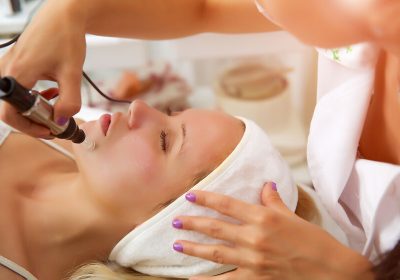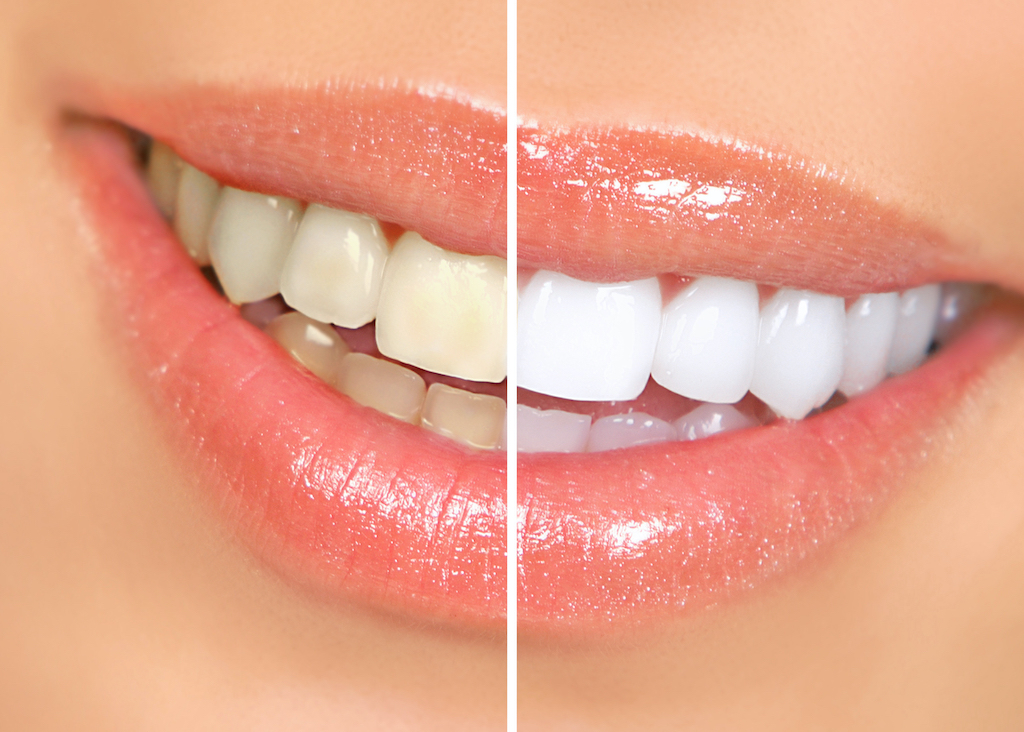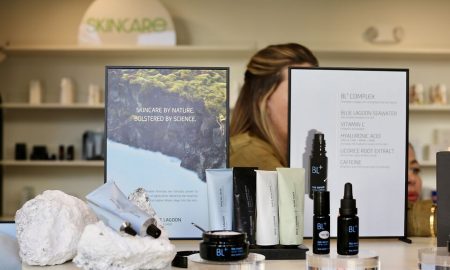Dr. Katherine Lorenzo Sirage is a general and cosmetic dentist and owner of Mirage Dental Arts in Miami, Florida. She is fluent in both English and Spanish. Her state-of-the-art dental office uses the most advanced digital technology to provide the highest quality care. Dr. Lorenzo and her team put each patient first and work together to create a comfortable, stress-free dental experience. Dr. Lorenzo has advanced training in cosmetic veneers, as well as certifications in Botox, Dermal Fillers, and Invisalign. Haute Beauty discusses with Dr. Katherine Lorenzo Sirage the different whitening treatments available and how to upkeep your smile.
 Photo Credit: ShutterstockHB: What whitening treatments are available?
Photo Credit: ShutterstockHB: What whitening treatments are available?
These are the three main types of whitening available in order of least effective to most effective:
· OTC Whitening Strips/Trays
These are the whitening strips that you can buy online or your local pharmacy or retail store. These are not very effective because they have very little of the chemical needed to whiten the teeth, i.e. hydrogen peroxide. Also, they are very ineffective at isolating, which increases the risk of burning the gum tissue that is exposed to the whitening gel, and also saliva contamination, which reduces the effectiveness of the whitening. It takes about 2 weeks of continued use in order to see results.
· Professional Custom Whitening Trays
These are trays made by your dentist that are custom-fitted to your teeth, providing an excellent fit. The whitening gel used is also much stronger and more effective since the dentist provides it. These trays do a better job at isolating, so there is less risk of gum damage and saliva contamination, although it is not 100%. Finally, it also takes about 2 weeks of continued use in order to see results.
· In-Office Teeth Whitening
This is the fastest and most efficient option! The whitening is done in a dental office and takes about one hour, showing results immediately. The gel used to whiten the teeth is the strongest prescription-grade, exclusively available at a dental office. The teeth are completely isolated, so there is a very low risk of gum burn or saliva contamination. This is the whitening most of my patients choose to have, because of its convenience and effectiveness.
 Photo Credit: ShutterstockHB: What causes discoloration of teeth?
Photo Credit: ShutterstockHB: What causes discoloration of teeth?
Tooth discoloration over time is typically caused by lifestyle habits, such as the food and drinks we consume, as well as poor dental hygiene. Tooth discoloration can also be caused by certain diseases and conditions as well as medications taken during teeth development.
HB: Who is a good candidate for teeth whitening?
Most ideal candidates have healthy teeth and gums and do not have any restorations (fillings or crowns) on their front teeth. Tooth restorations cannot be whitened; therefore if you do have crowns or fillings on your front teeth, your dentist can go over which options are best for you.
HB: How do you upkeep your teeth for them to remain white?
For the first 48 hours after whitening, there are certain foods and drinks that should be completely avoided, such as coffee, red wine, and tomato sauce, to name a few. Your dentist will go over your post-treatment instructions with you.
For best long-term results, it is important to practice good hygiene: brushing your teeth at least twice a day and flossing every day.
For more information, visit Dr. Katherine Lorenzo Sirage's social media:


























